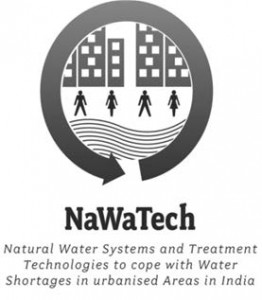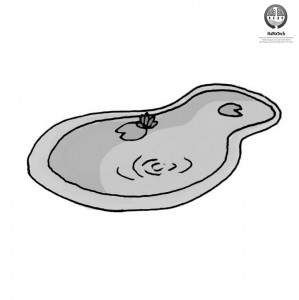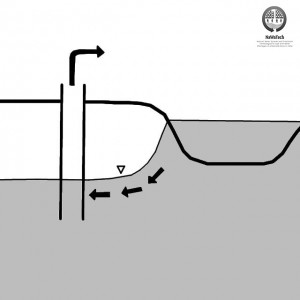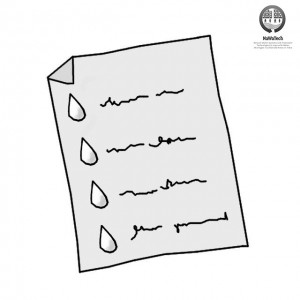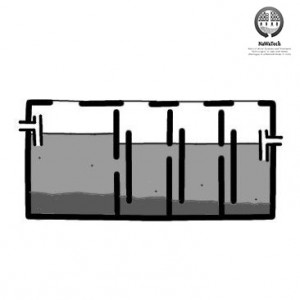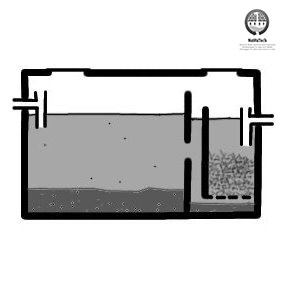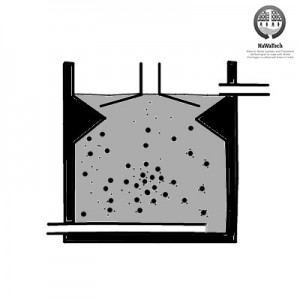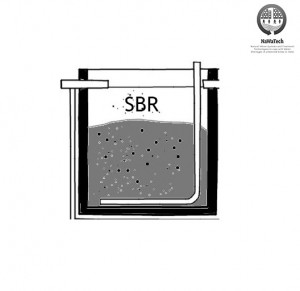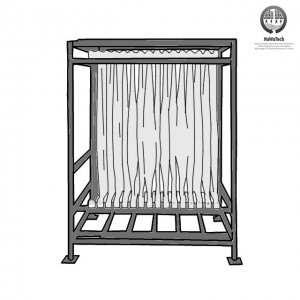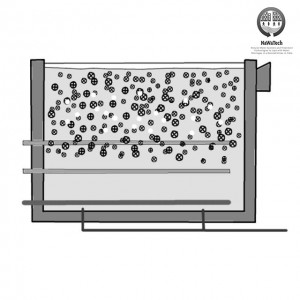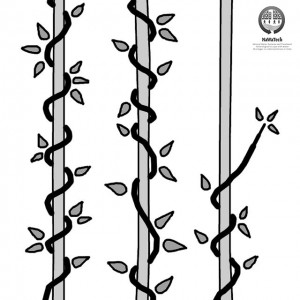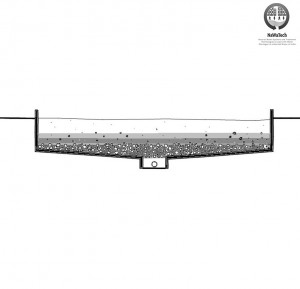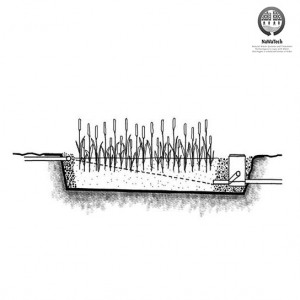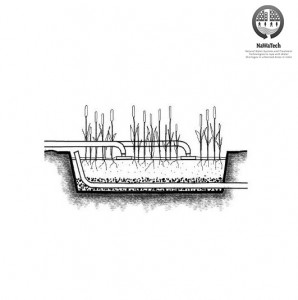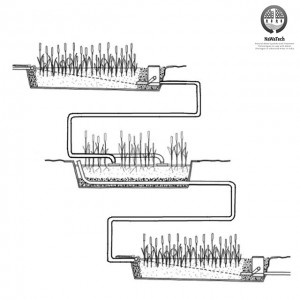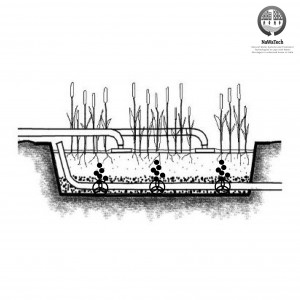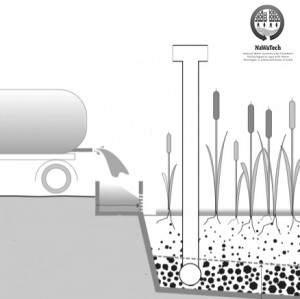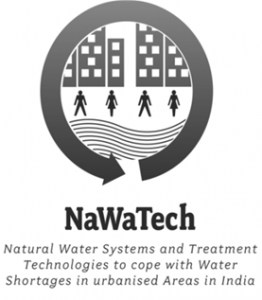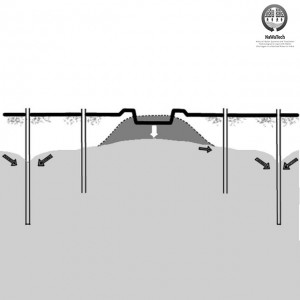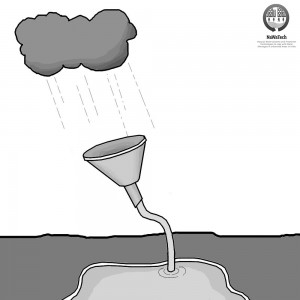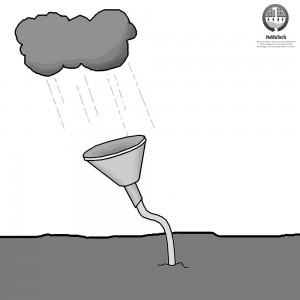


Appropriate Technologies
- Hardware
- Software
Appropriate Technologies
Appropriate Technologies
Rainwater Harvesting
Rainwater Harvesting (RWH) is a method of collecting and conserving surface runoff rain water for storage and use or for groundwater recharge. RWH…
Retention Basin
Retention basins are predominantly used for storm water control and treatment. Rainwater is stored in a pond, which further filters through the…
Bank Filtration
Bank filtration (BF) is a drinking water pre-treatment step, where river water is induced to percolate in subsurface passage through a river bed and…
Eco-Filtration Bank
Eco-filtration Bank (EFB) is a variant of Green Bridge Technology – in-stream horizontal eco-filtration process. Contaminated water in the small…
Water Saving Devices at Home
Reducing water consumption and improving water efficiency in buildings is a major step towards sustainable water management. Everyone can contribute…
Anaerobic Baffle Reactor
“The Anaerobic Baffle Reactor (ABR) is an improved septic tank, built with alternating baffles, which directs the wastewater to flow under and over…
Anaerobic Filter
An Anaerobic Filter (AF) is a fixed-bed biological reactor used for treating wastewater having non-settable and dissolved solids. As wastewater flows…
UASB
UASB maintains a high concentration of biomass through formation of highly settable microbial aggregates. Wastewater flows upwards through a blanket…
Sequence Batch Reactor (SBR)
Activated sludge reactors are aerobic suspended-growth type processes. Large amounts of injected oxygen allow maintaining aerobic conditions and…
Membrane Bioreactor
MBRs combine conventional biological treatment processes with membrane filtration to provide an advanced level of organic and suspended solids…
MBBR
It’s a combination of activated sludge process (suspended growth) and biofilter processes (attached growth). Moving Bed Biofilm Bioreactor (MBBR)…
Vertical Gardens
The Vertical Garden is a stackable planter made for indoor and outdoor use. Also called plant wall, green wall and bio wall, this is a light framed,…
Non-Planted Filters
Non-planted sand or gravel filters are frequently applied for domestic greywater treatment throughout the world. It consists in a container filled…
Horizontal Flow Constructed Wetlands (HFCW)
HFCWs are secondary treatment facilities for household, municipal and industrial wastewater, and they can also be used as a tertiary treatment system…
Vertical Flow Constructed Wetland (VFCW)
VFCWs are secondary and/or tertiary treatment facilities for household, municipal and industrial wastewater. Pre-treated wastewater is intermittently…
Hybrid Constructed Wetland
Constructed wetlands (CWs) are natural wastewater treatment systems, which have been set up all over the world as an alternative to conventional…
Aerated Engineering Wetland
AEWs are an advanced type of CWs, which allow more efficient removals of contaminants from wastewaters, due to the higher availability of oxygen. The…
Sludge Drying Bed
Sludge drying bed (SDB) is the most widely used method for sludge dewatering. Sludge drying involves natural ways of drying to mechanical ways of…
Anaerobic Digestion of Sewage Sludge
Anaerobic digestion is one of the most widely used processes for the stabilisation of wastewater treatment plant sludge. Due to its capacity to…
Soil Aquifer Treatment
Soil Aquifer Treatment (SAT) facilitates to polish stormwater & treated wastewater and provides natural storage capacity prior to reuse or…
Short Rotation Coppice
Short Rotation Coppice (SRC) is a farming method to cultivate fast growing trees. The main characteristic of SCR species is their ability to sprout…
Surface Groundwater Recharge
Groundwater recharge is an engineered process of replenishing the aquifer with water from the surface at an exceeding rate than the natural recharge…
Subsurface Groundwater Recharge
Artificial subsurface groundwater recharge is a process to capture lost water due to runoff and evaporation in the areas where groundwater supplies…

